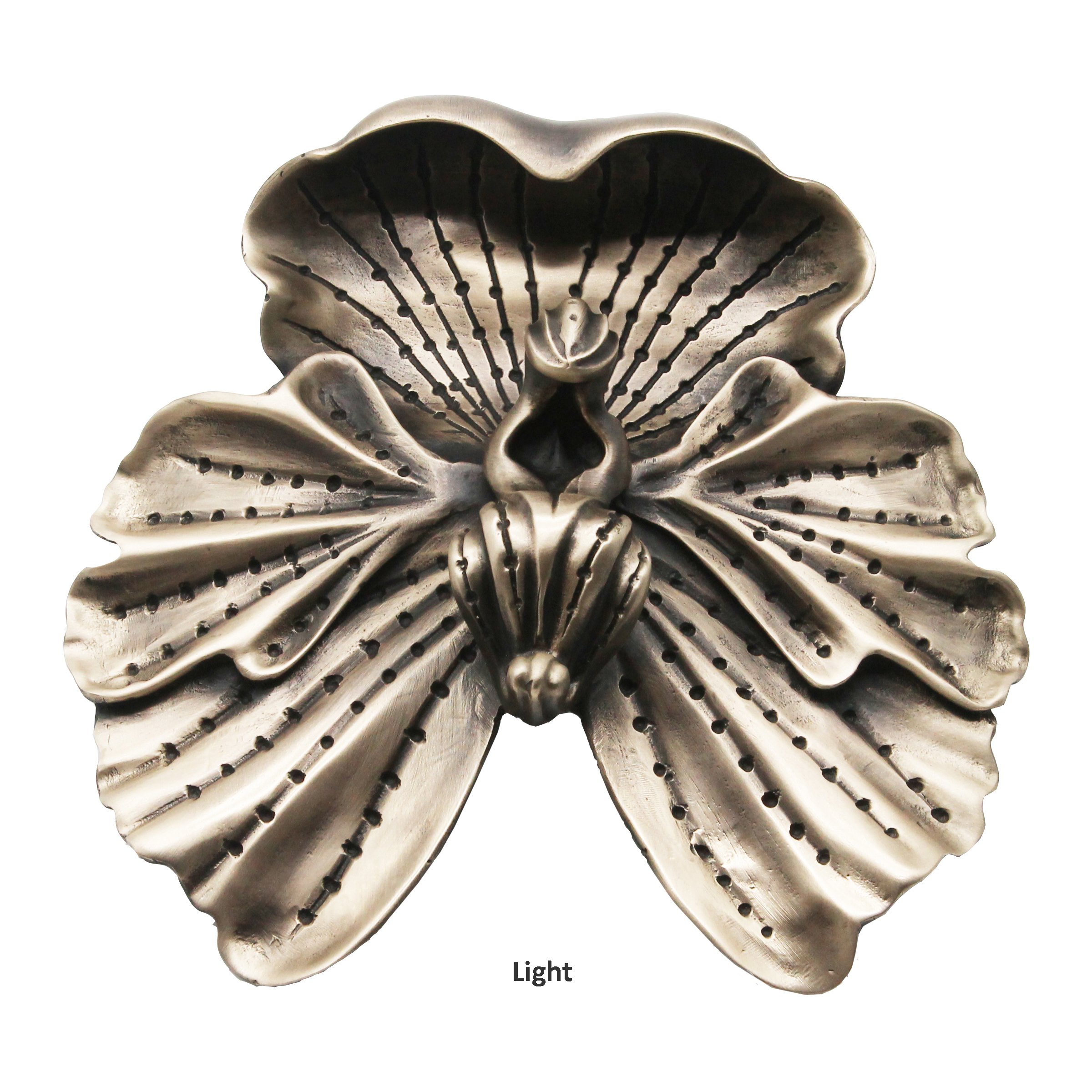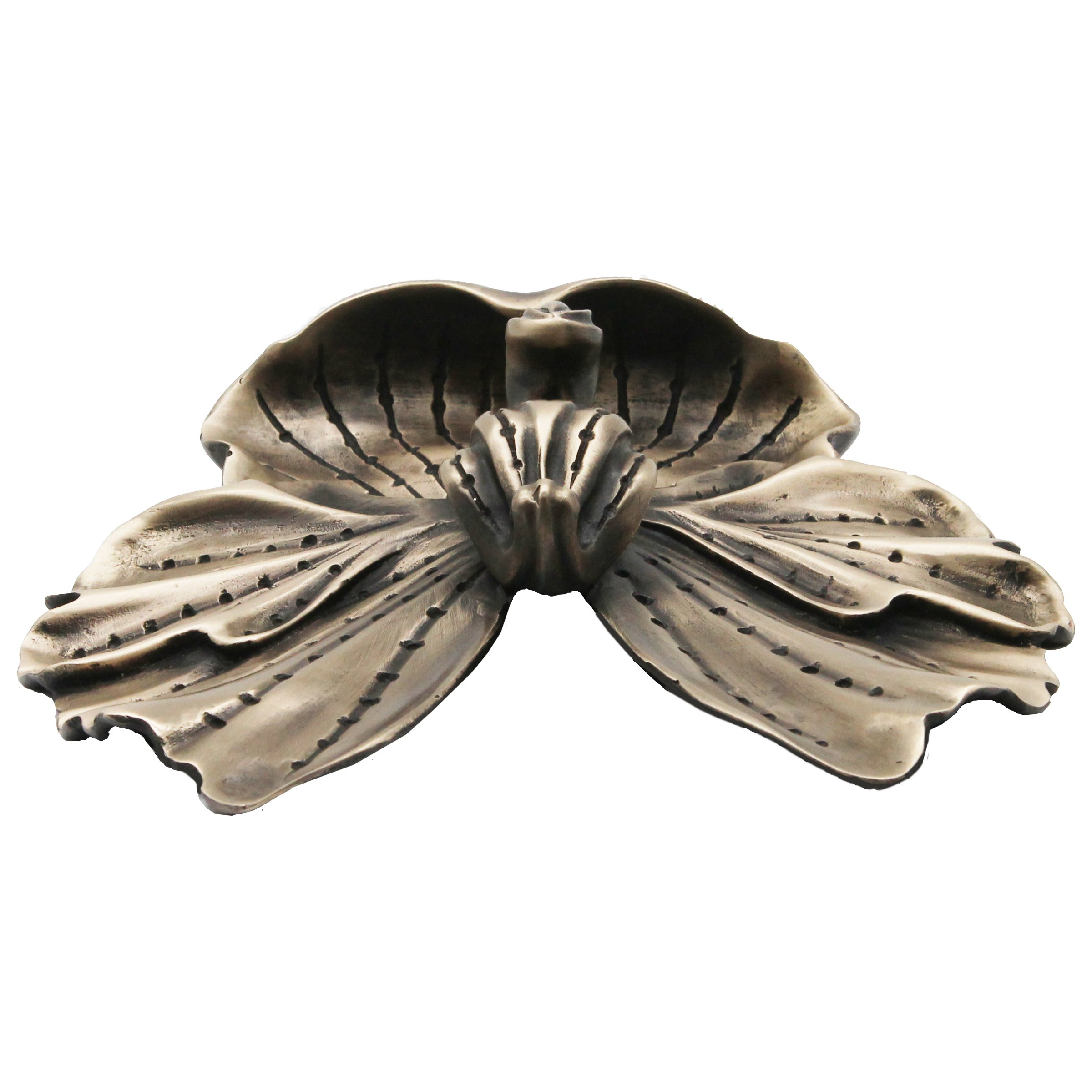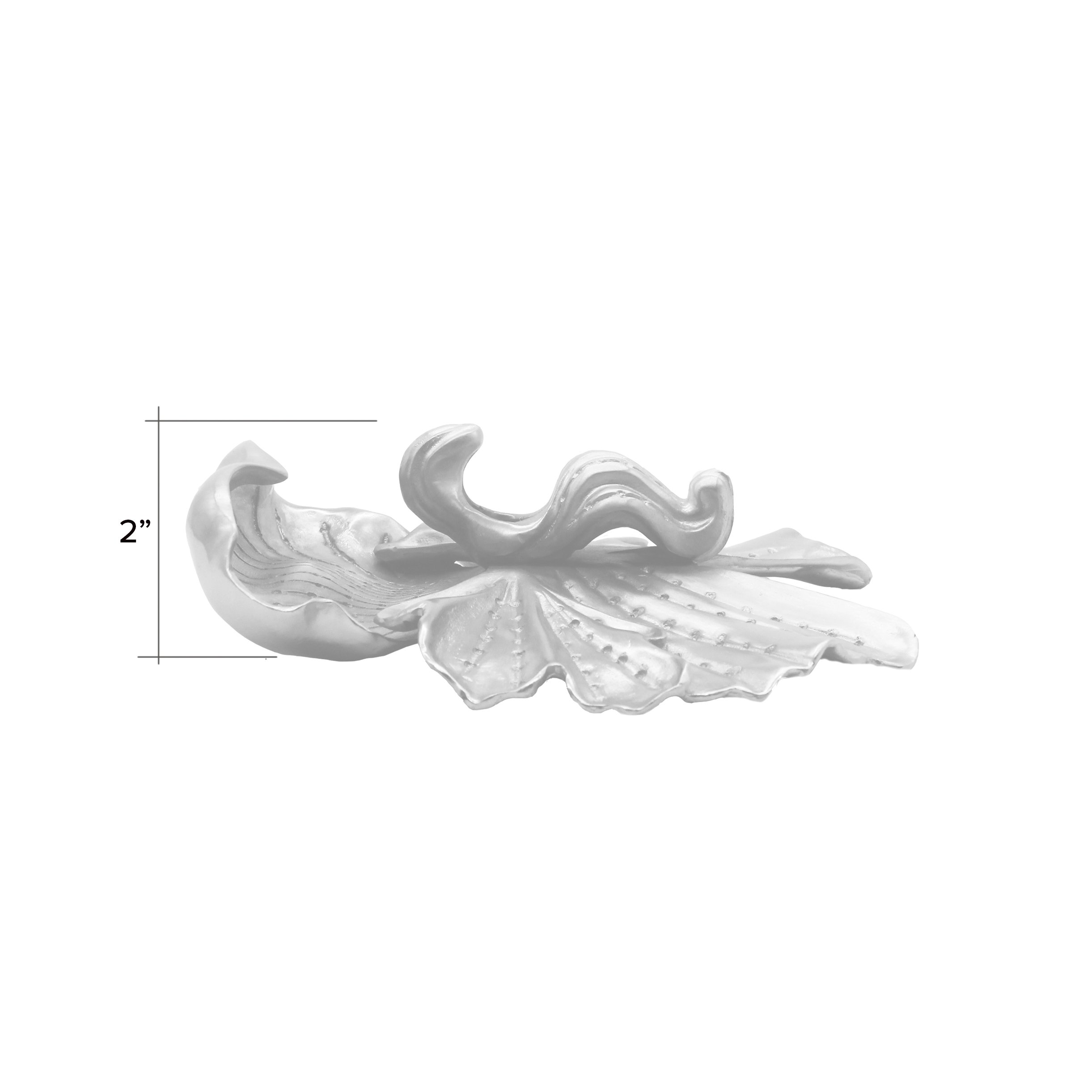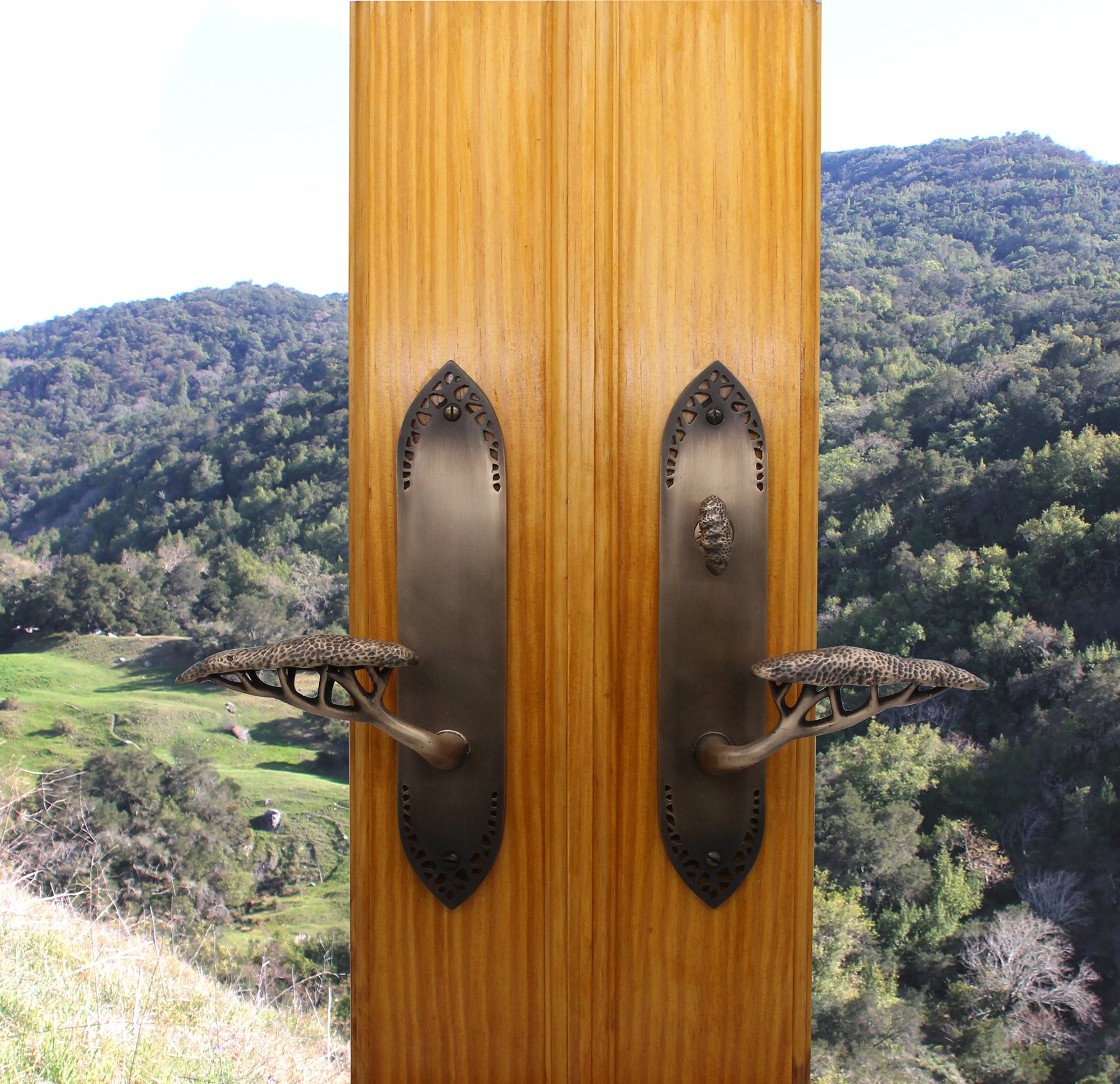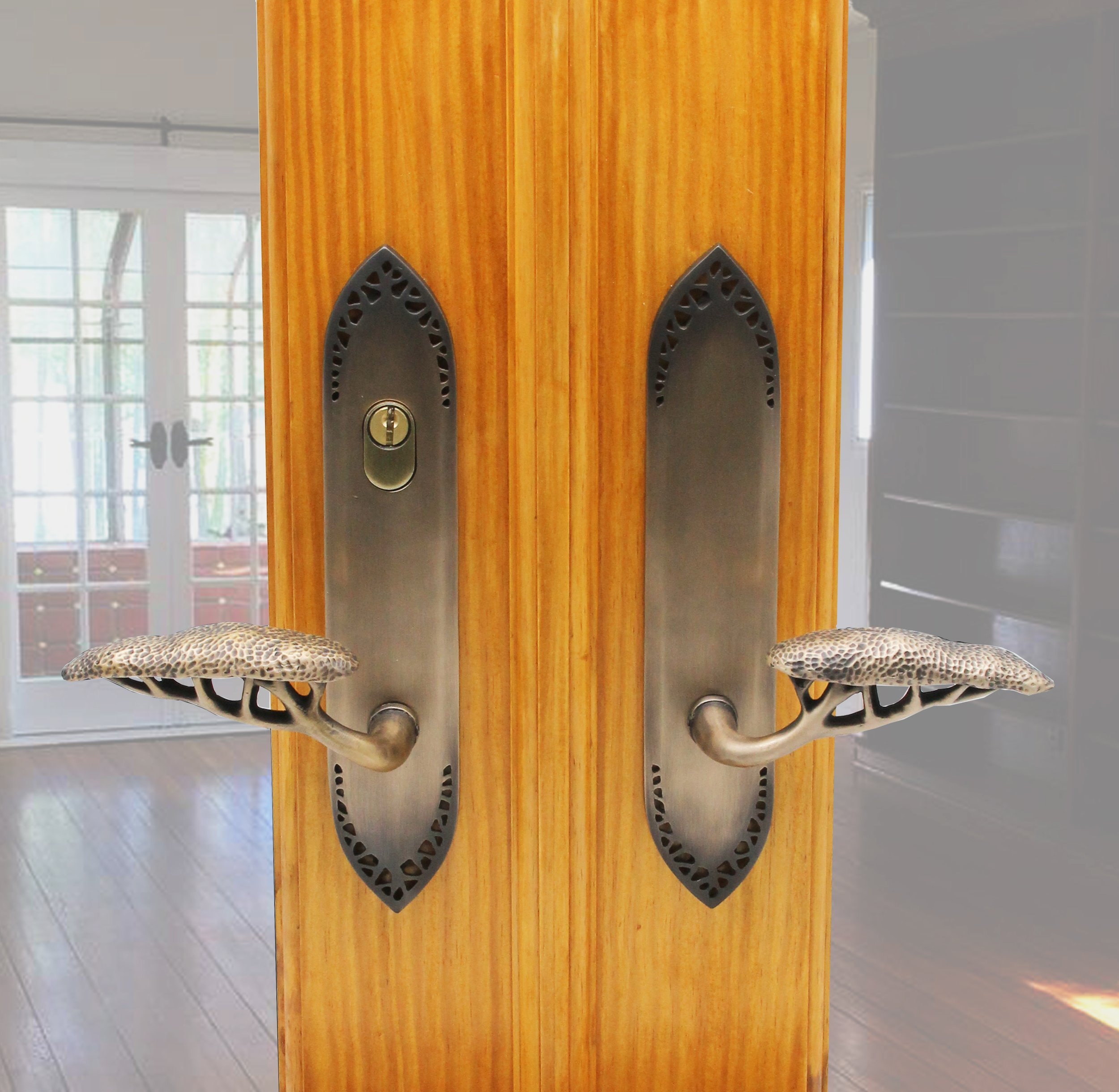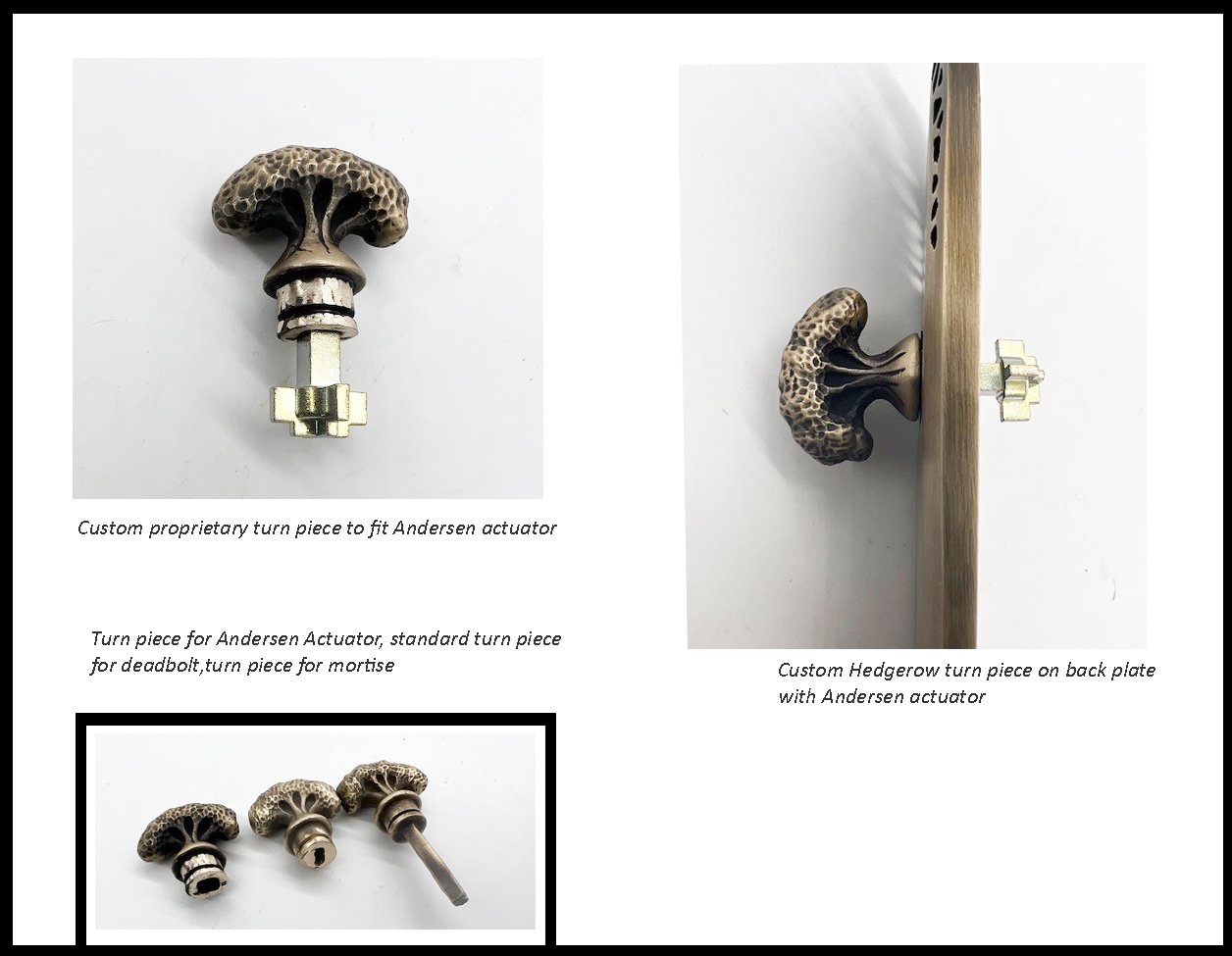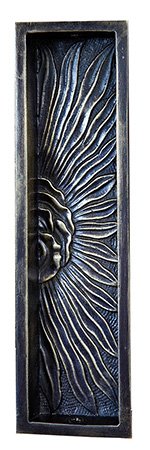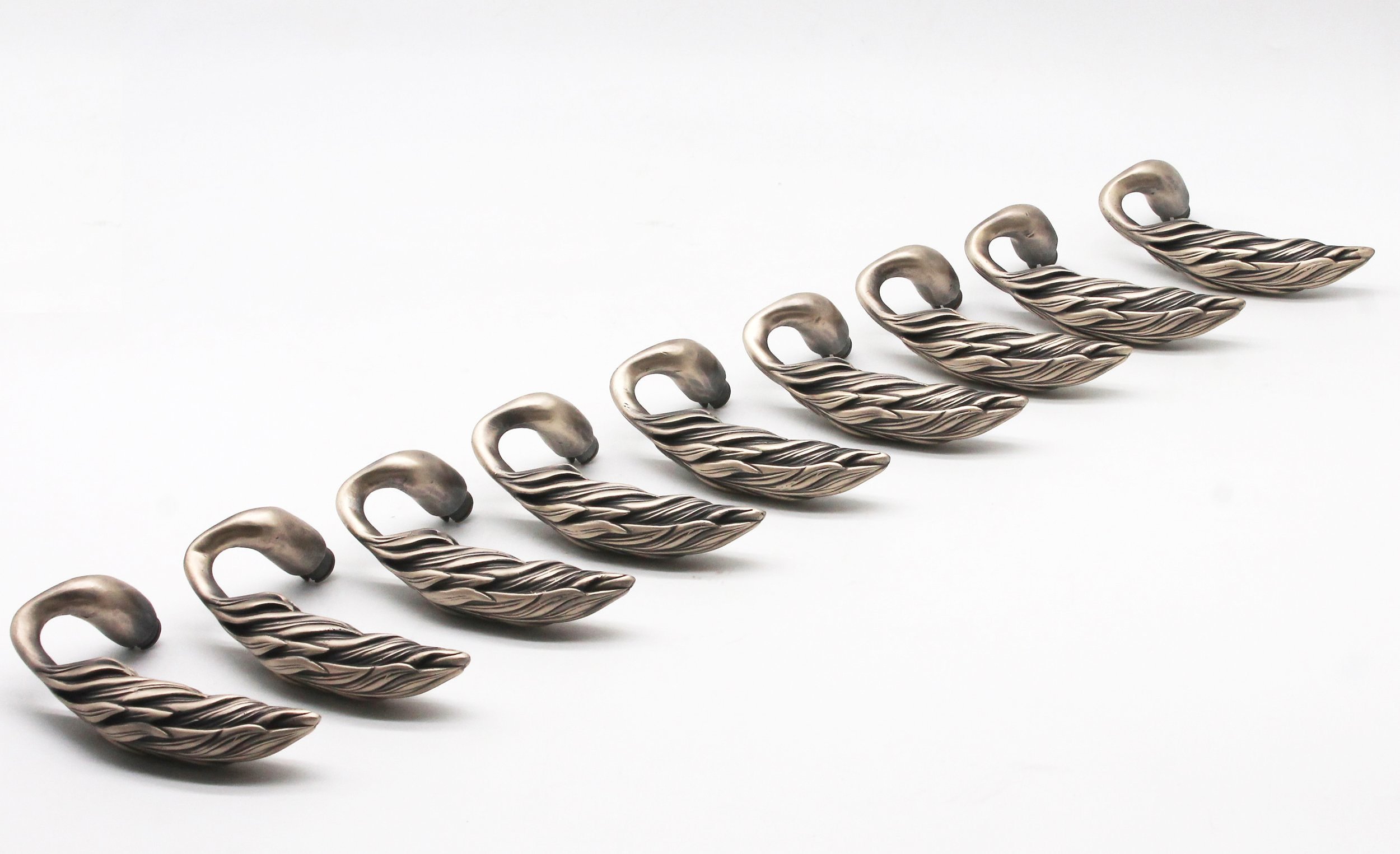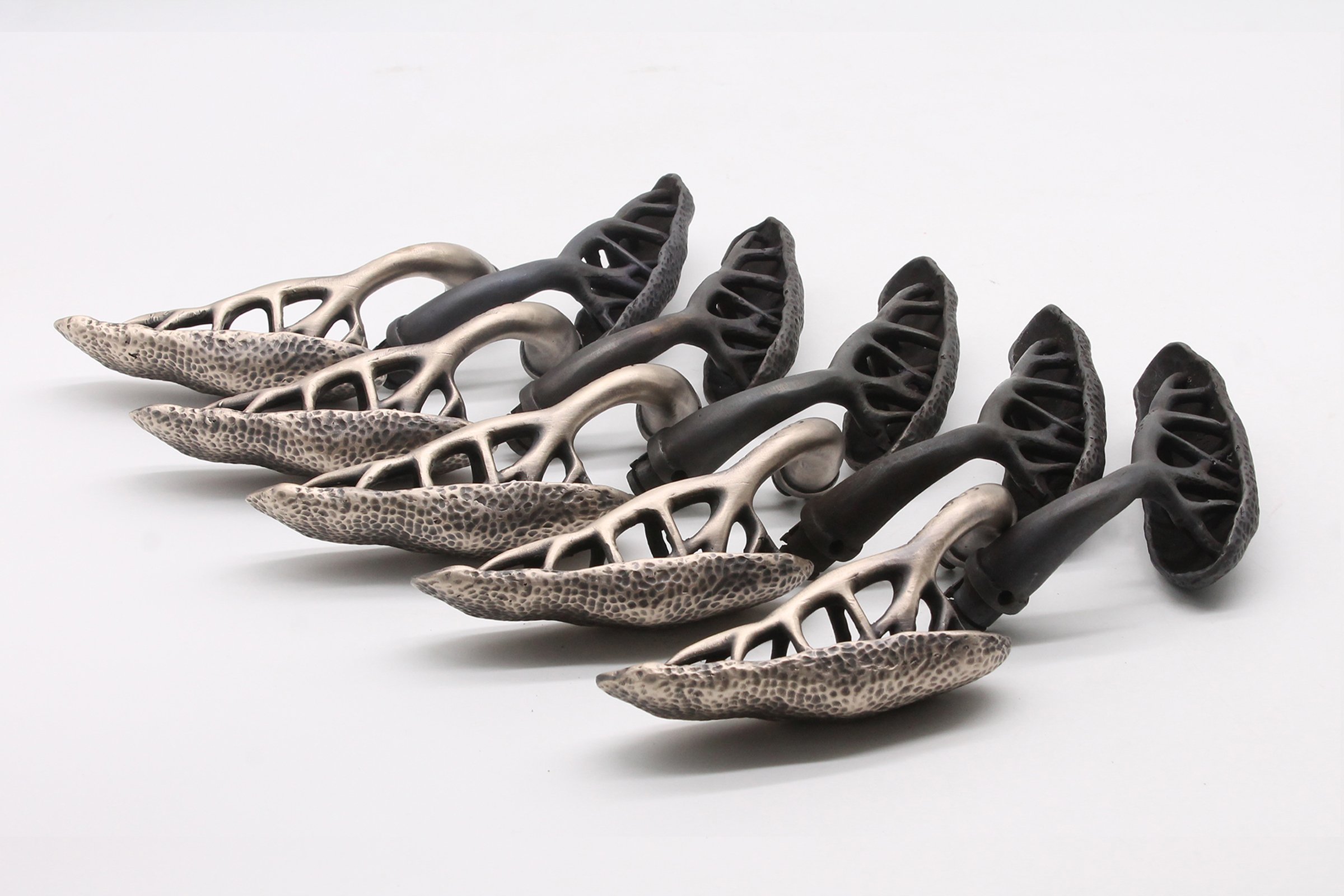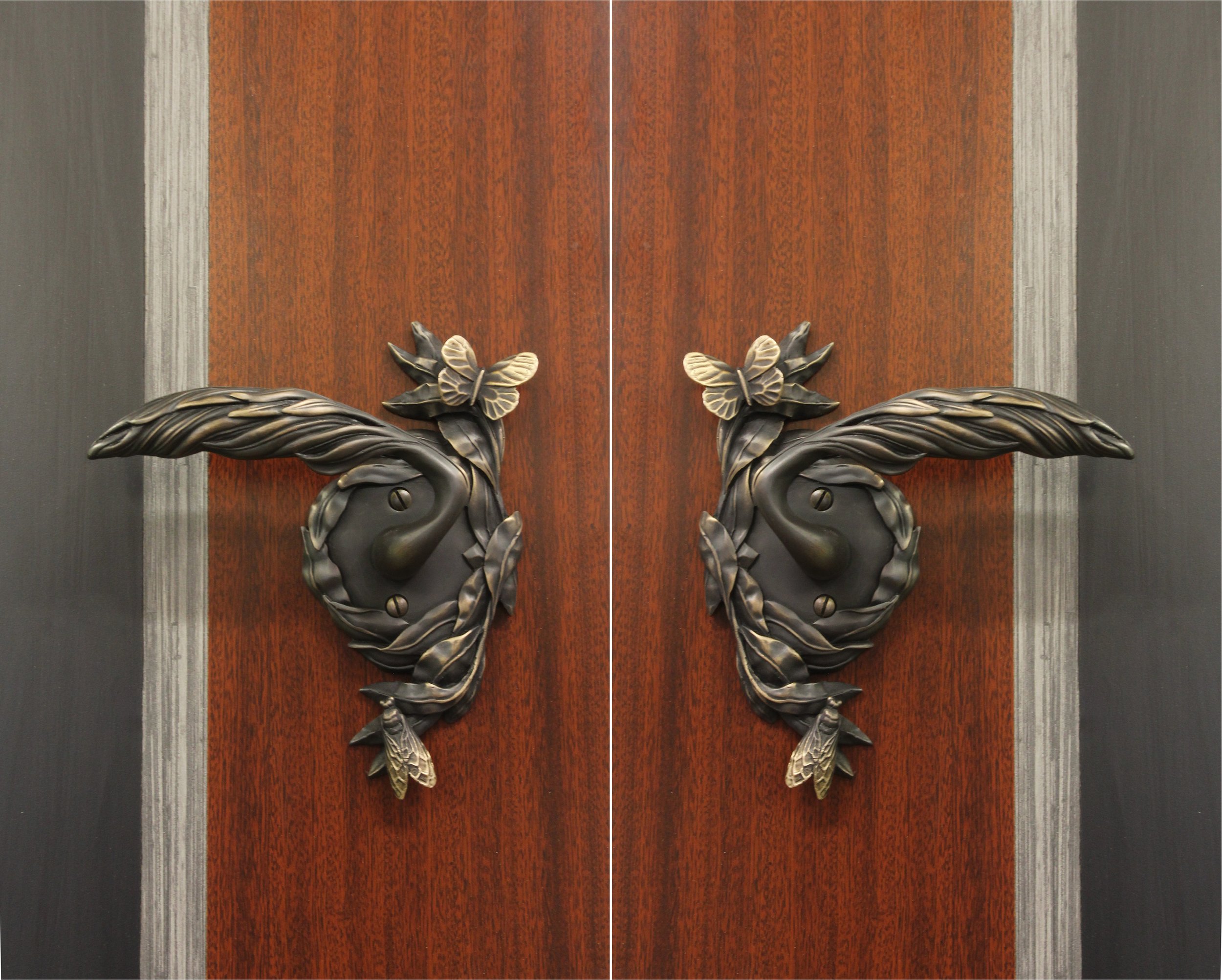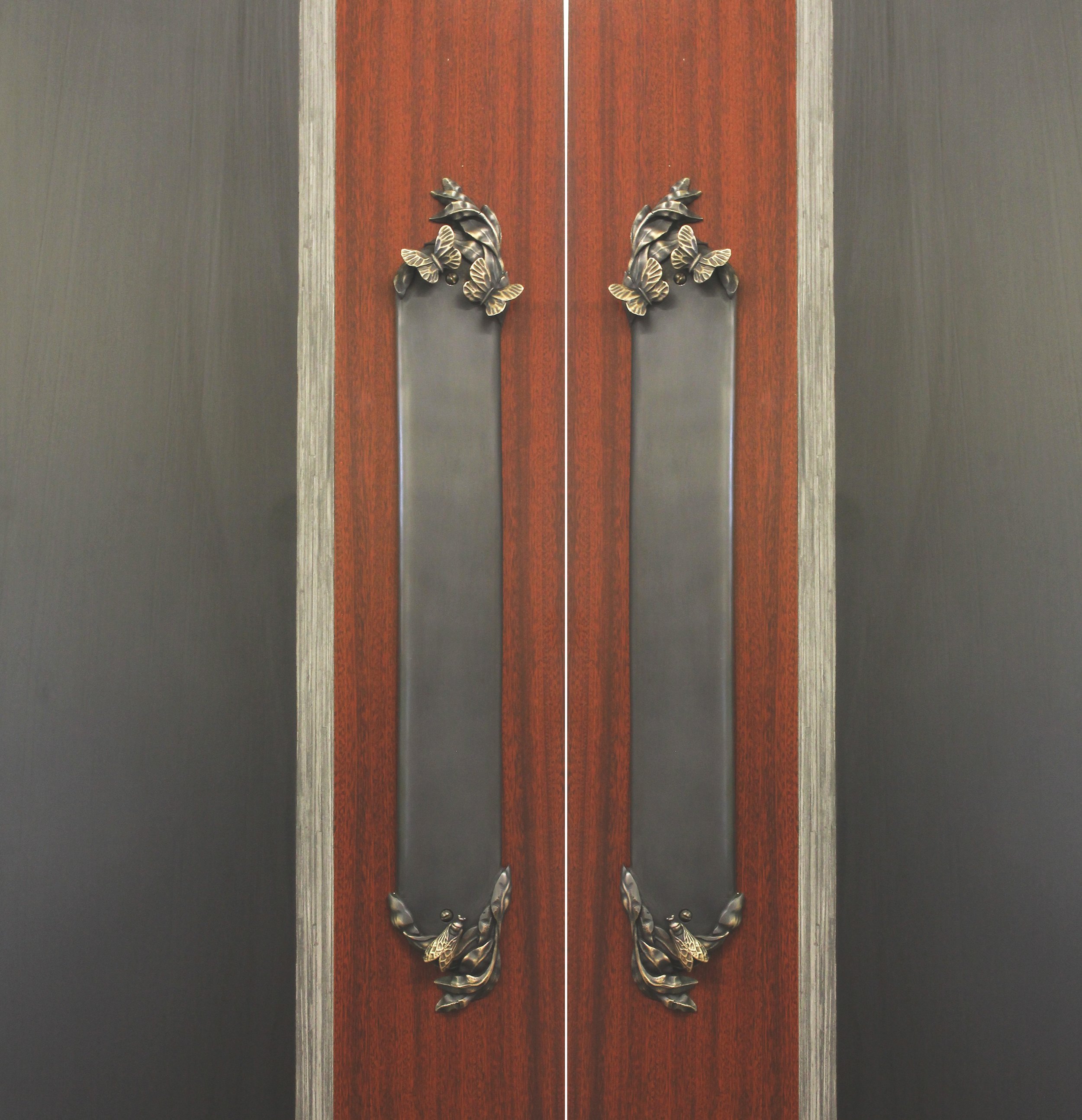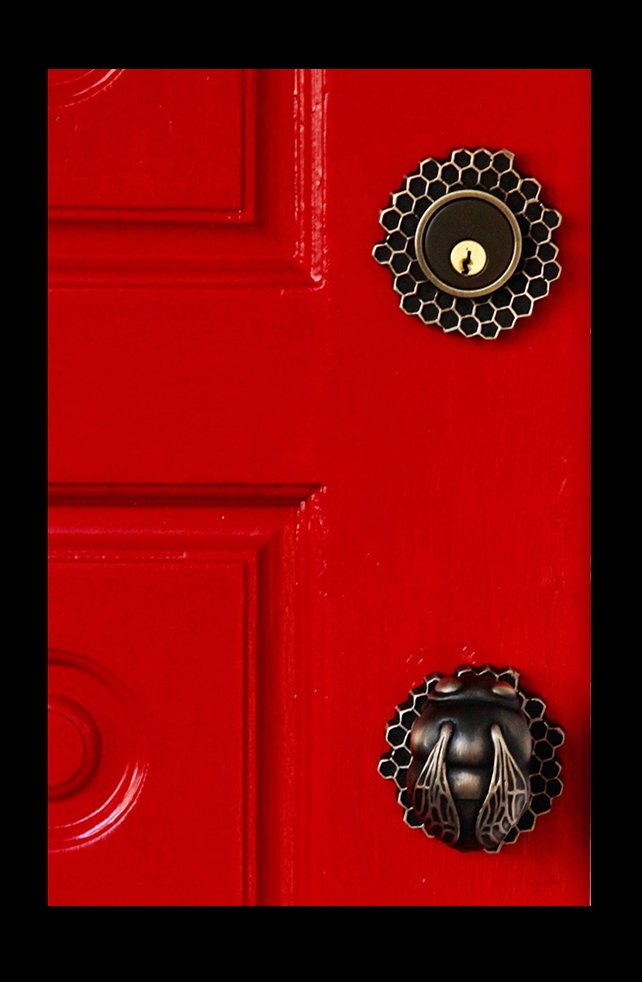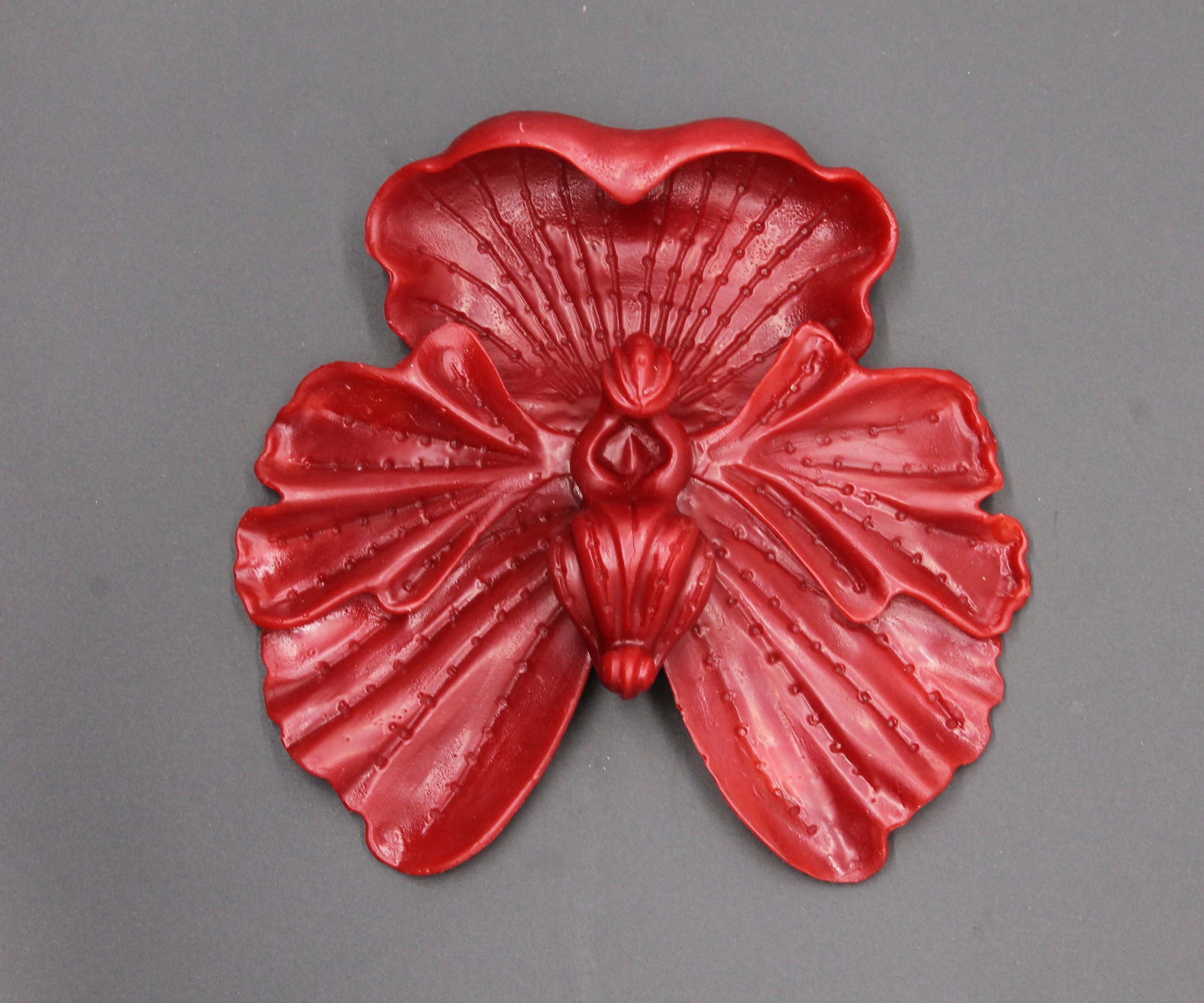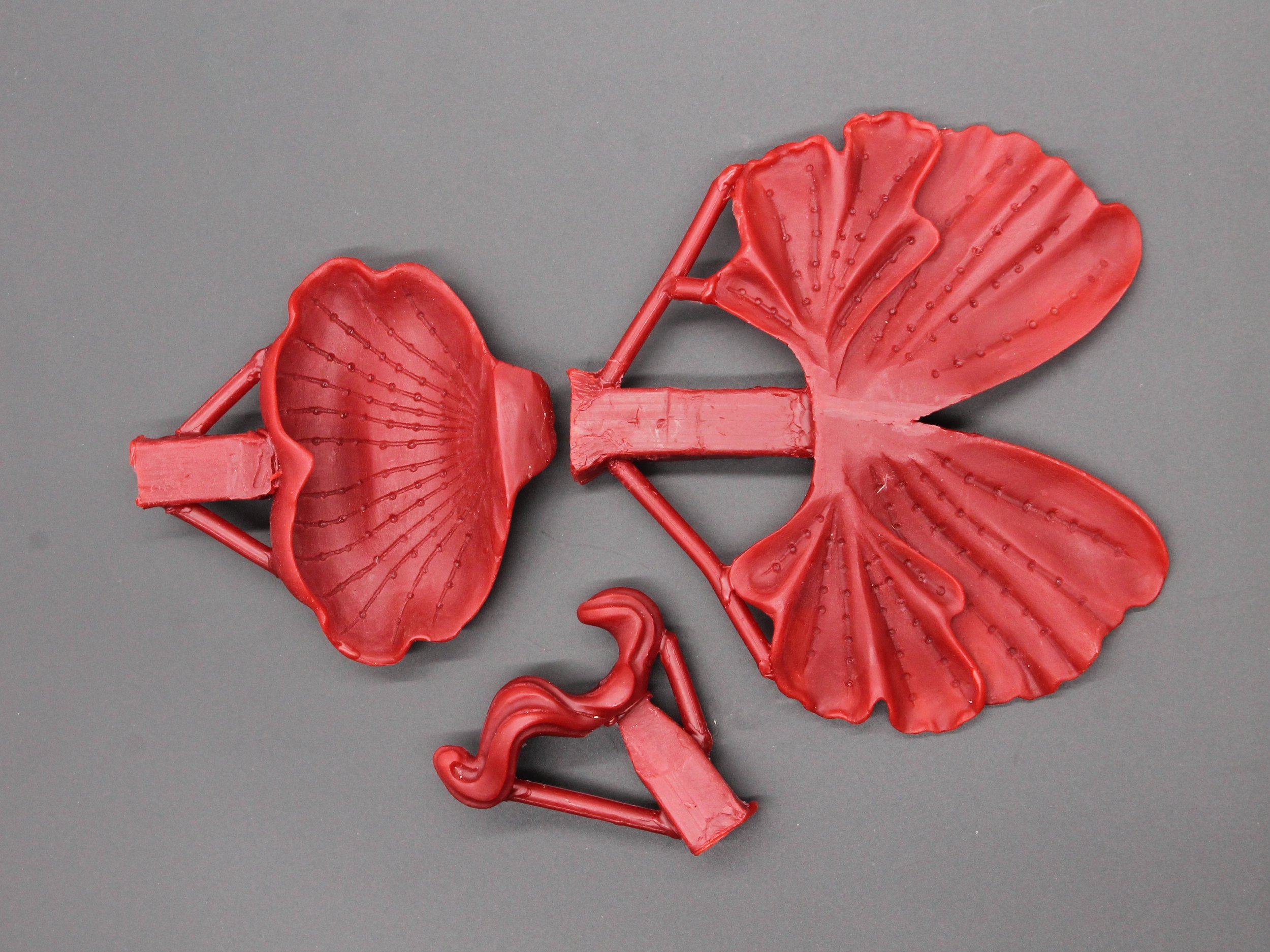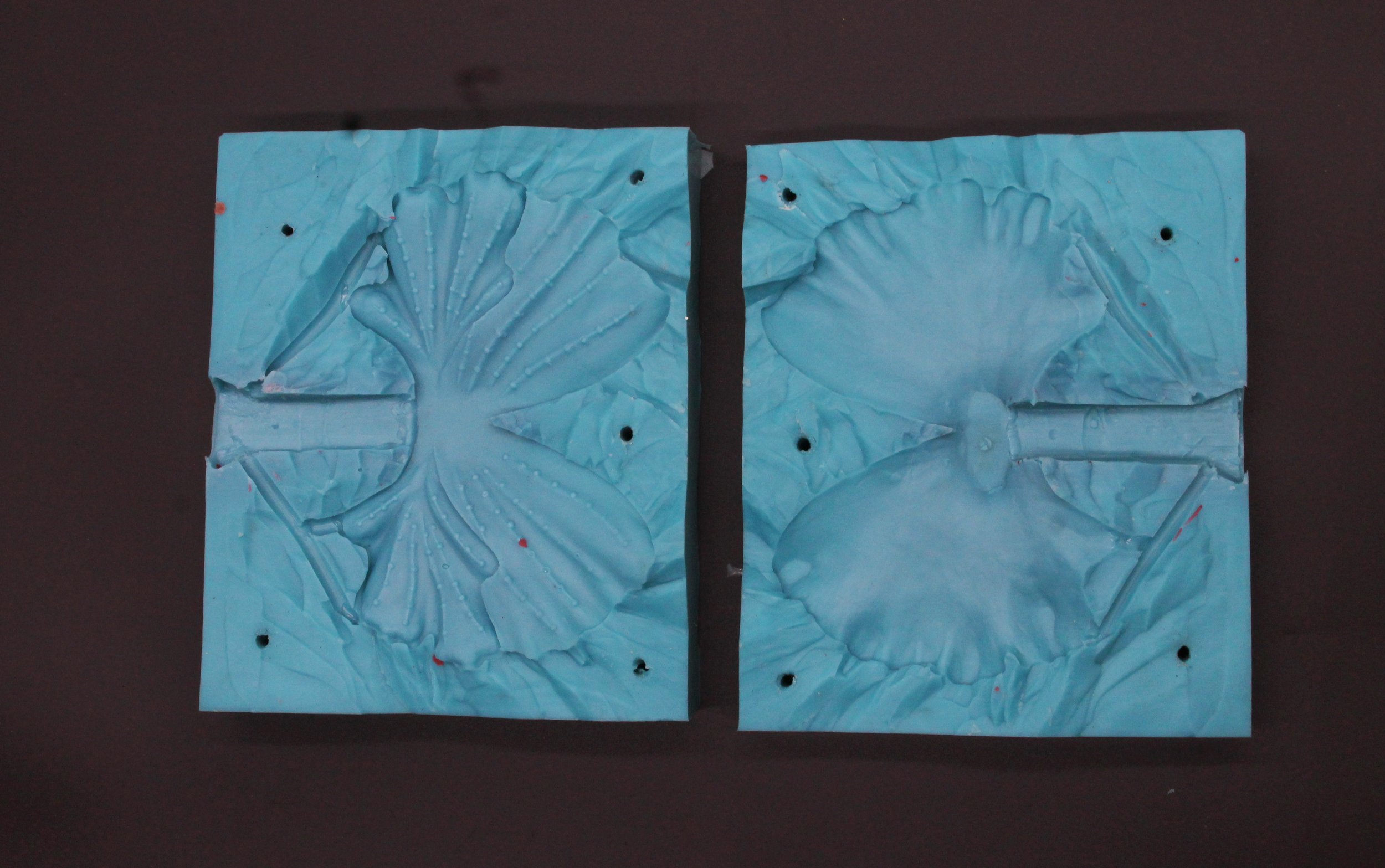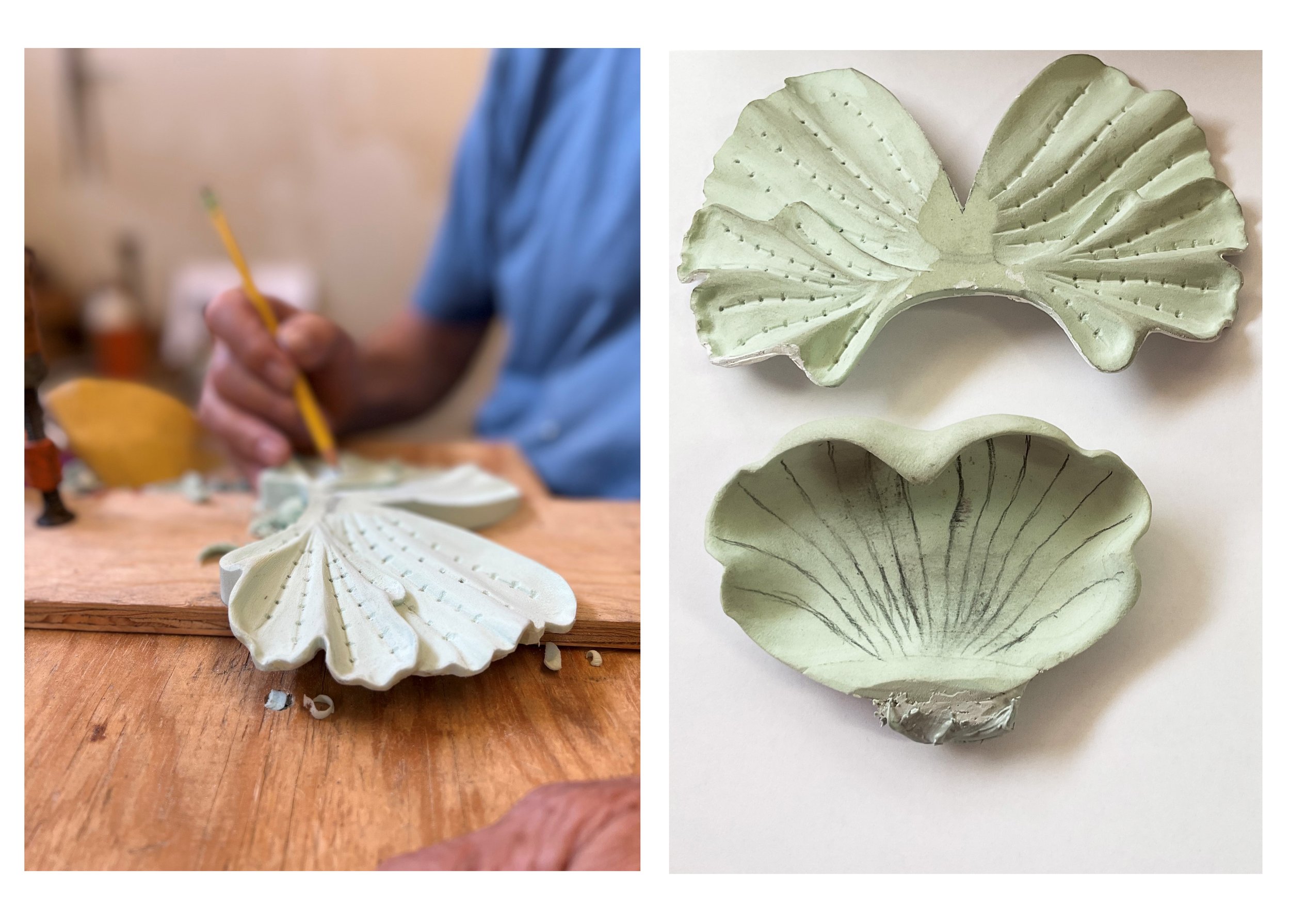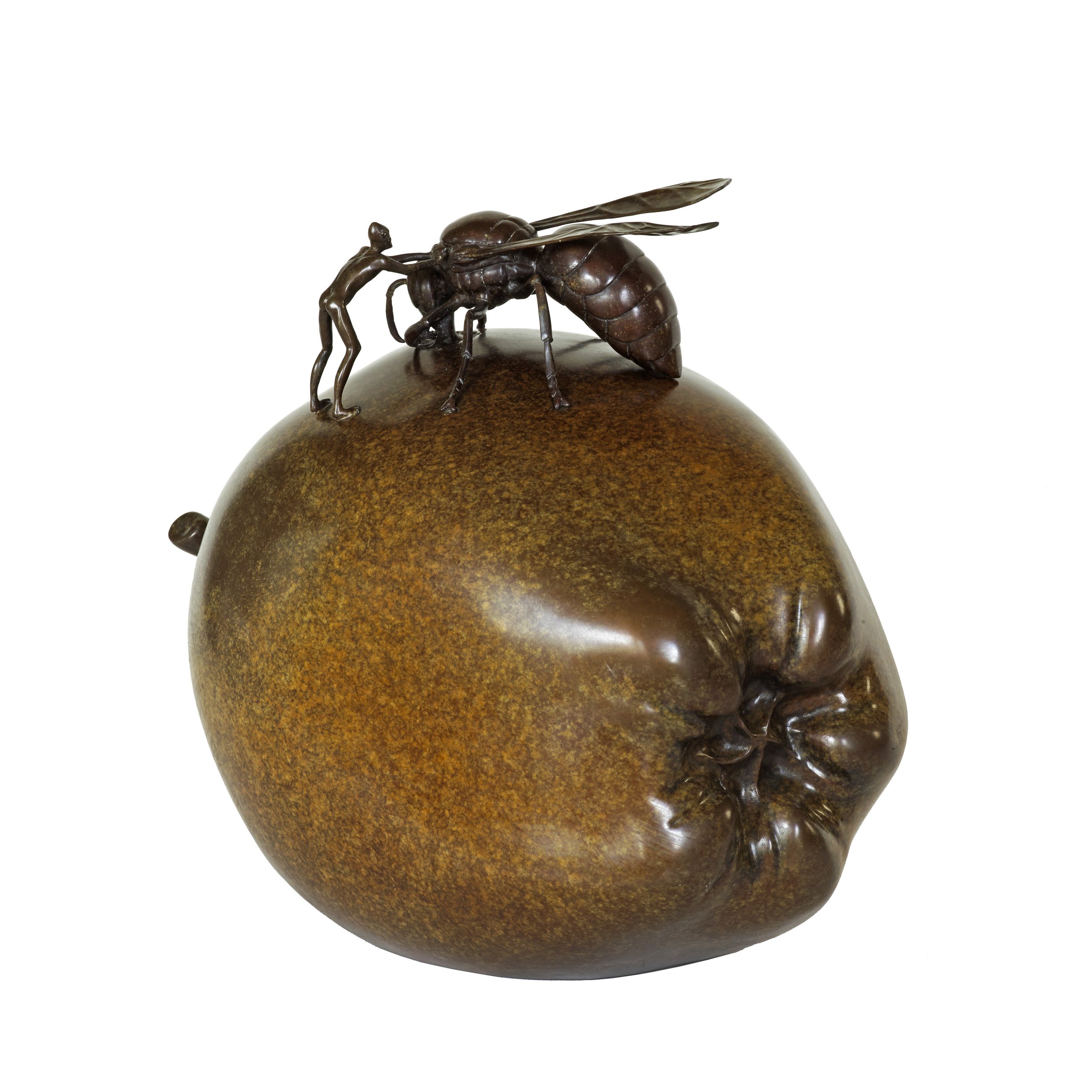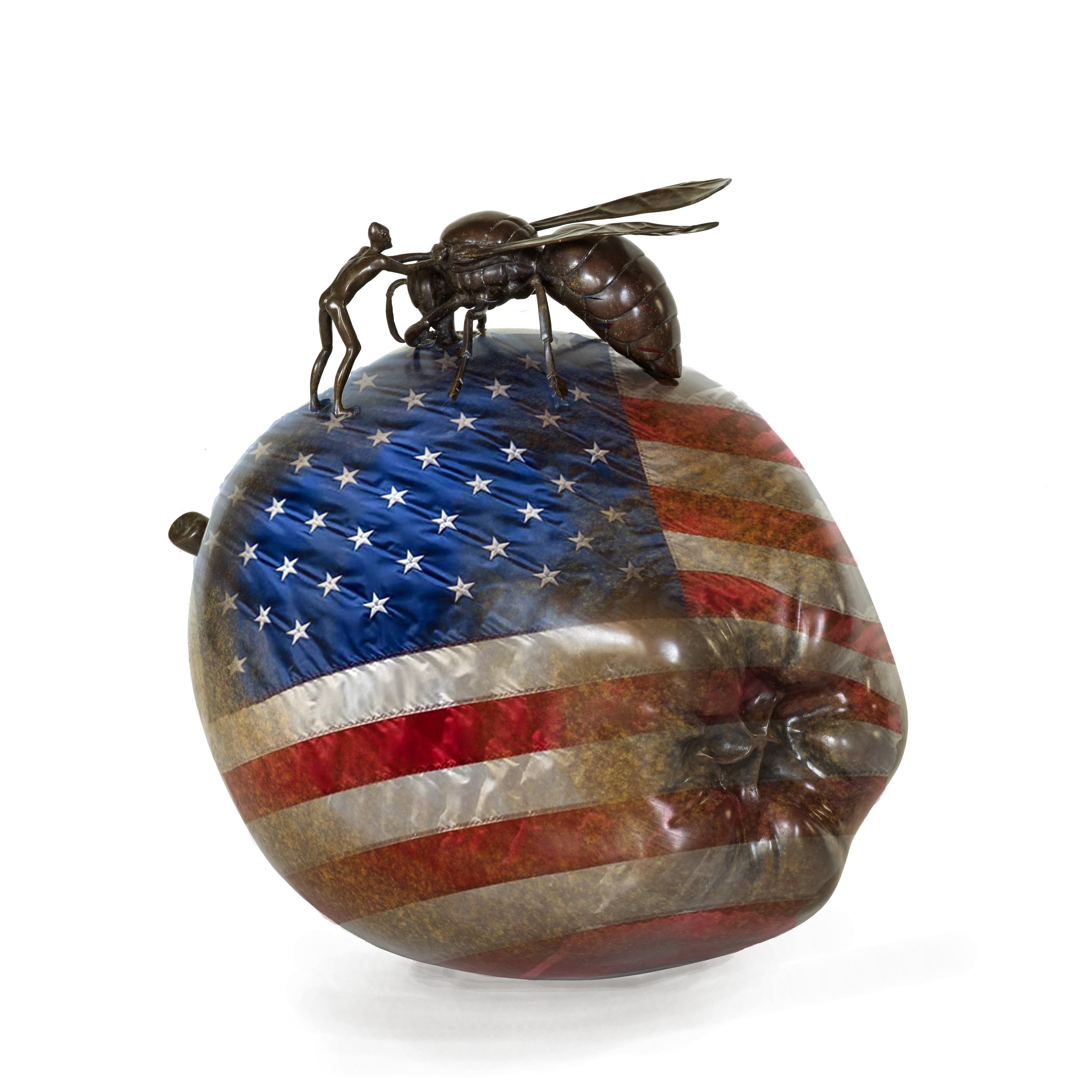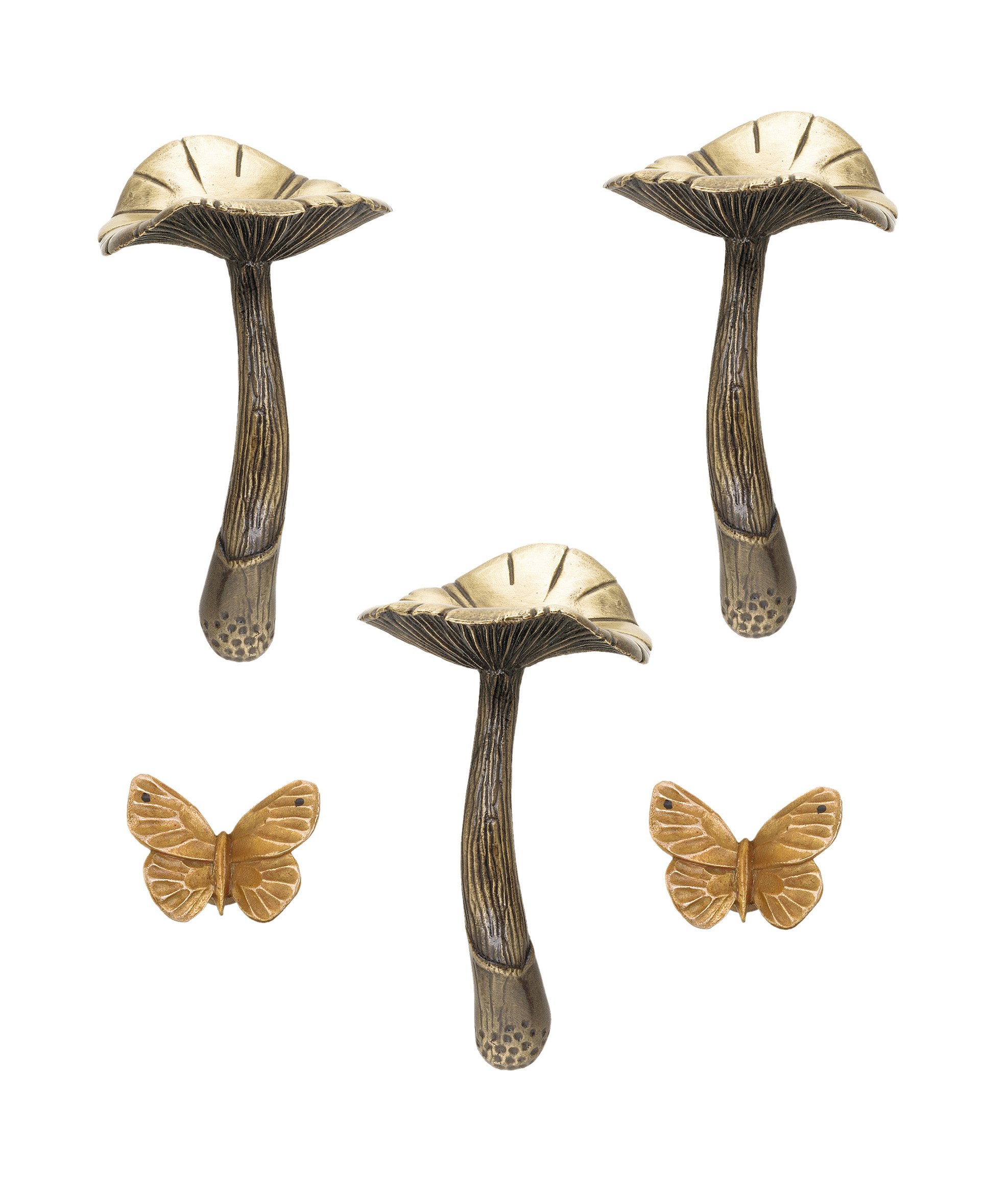A simple and complicated mold for lost wax casting
Martin’s art journey continues and the story line of the insect world of giant insects is evolving as he begins to depict the dung beetle’s family life.
In nature many dung beetles have been photographed moving their prized dung balls with alacritous backward leg movement. The dung ball is prized as it can be used as a food source or as a site for the female dung beetle to lay her eggs in which is called a brood ball.
In Martin’s fictional world he has opted to create a more faceted airy dung ball and one with organic hollows that will eventually be populated with offspring or dung beetle artifacts.
The patterns has been created, 3 molds have been made and the first red wax replicas have been poured.
The dung ball pattern began with a turned round wooden ball. A hollow fiberglass shell was molded over the ball by applying successive layers of fiberglass cloth sandwiched together with resin. Once set, the fiberglass ball was cut and removed from the wooden ball leaving a hollow shell. An organic design was drawn onto the face of the shell, and using a Dremel, sections were cut out and removed. The fiberglass shell was coated with three layers of gesso which was sanded to soften the edges. The shell was sprayed with primer and work on the mold began.
While the mold was made using simple compounds the process was complicated and time consuming. Layers of liquid rubber were built up inside the perforated shell. To prevent the rubber from pouring through, the holes of the shell were filled in with pieces of modelling clay molded by hand to fit each irregular hole. The outside of the shell was then coated with coats of liquid rubber and once set the rubberized outer shell was hardened with successive applications of fiberglass cloth and resin. Prior to the mold being made the pattern was treated with a release agent to prevent the mold material from forming a permanent bond. The end result is a 2-part hollow mold that is now used to make red wax replicas of the original pattern.









